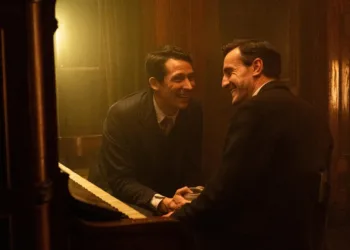At the 78th Cannes Film Festival on May 21, 2025, Oliver Hermanus’s The History of Sound received its world premiere in the main competition, marking a long-awaited debut after multiple postponements. Starring Paul Mescal as Lionel and Josh O’Connor as David, the film follows two Boston Conservatory students who, in the wake of World War I, traverse rural Maine to record traditional American folk songs. Based on Ben Shattuck’s acclaimed short story, their bond unfolds through shared musical performances and quiet glances, with the actors singing live on set to heighten authenticity.
After five years of financing hurdles, actor scheduling conflicts, and industry strikes, production finally aligned, allowing Hermanus to cast Mescal and O’Connor on the strength of mutual admiration rather than box-office clout. Mescal, who initially hesitated to inhabit the layered role of Lionel, has said that the extended timeline afforded him the emotional maturity to embrace the character’s complexities. Distribution rights were later secured in February 2025, with Mubi handling North America and Focus Features/Universal Pictures managing international markets.
The film’s Cannes debut was met with an emotional outpouring, including a six-minute standing ovation that underscored the story’s resonance with contemporary audiences. Critics have lauded the leads’ “electric romantic chemistry,” noting that their nuanced performances anchor Hermanus’s evocative period detail. Yet some reviewers, such as The Times, argue that the narrative loses momentum in its latter chapters—expanding awkwardly into Rome, Oxford, and the Lake District before arriving at a predictable conclusion.
Nominated for the Palme d’Or, The History of Sound positions itself as both a tender exploration of queer love and a reflection on artistic preservation, inviting viewers to contemplate the power of music to bridge personal and cultural divides. As the film prepares for its theatrical rollout later this year, anticipation is high that this collaboration between two of the screen’s most compelling young talents will spark wider conversations about representation, intimacy, and the enduring legacy of folk traditions.















































